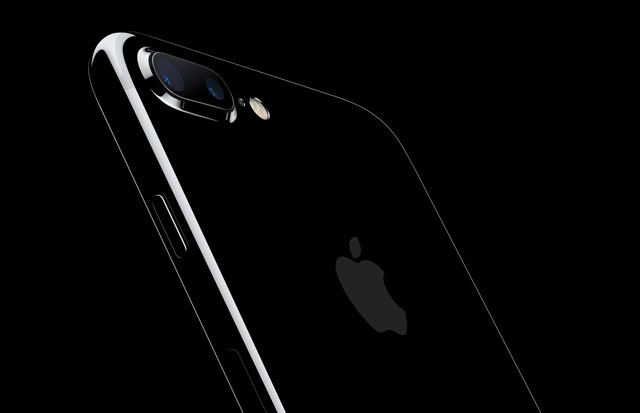
Apple attracted a swathe of new iPhone customers over the holiday period, auguring well for a more significant upgrade to its flagship product this year — and the services revenue that these devices are increasingly generating.
Existing iPhone users upgraded to the latest iPhone 7 models at about the same rate as the iPhone 6s a year earlier, CEO Tim Cook said in a conference call with analysts. Yet Apple still managed to sell 3,5m more phones in the three months ended 31 December, indicating growth was driven by new customers.
The iPhone 7 represented a modest update to its predecessor, the 6s, adding water resistance, an improved camera, battery life and processor while retaining similar styling.
Expectations are mounting for a more significant upgrade to Apple’s flagship product later this year, which is the 10th anniversary of the iPhone’s launch. That may persuade more existing iPhone users to open their wallets for the next model.
“When we’re able to innovate with new generations of products, clearly that plays a role in the upgrade rate,” chief financial officer Luca Maestri said.
Apple reported total revenue rose 3,3% to US$78,4bn, with earnings of $3,36/share, in the holiday quarter, exceeding analyst forecasts. The shares gained as much as 3,5% in extended trading, after the results.
Samsung Electronics recalled its flagship Galaxy Note7 smartphone in September after a fault that caused some batteries to burst into flames. That reduced competition in the market for large, high-end smartphones and likely helped attract new customers, according to New York-based BTIG analyst Walt Piecyk.
“Once they get you in their ecosystem, they’ve got a far better shot at getting you to buy another one of their phones,” Piecyk said. “If anything, the fact that it wasn’t stickiness and services and upgrades makes you feel better about future growth.”
Consumers are taking longer to upgrade their smartphones, partly because wireless carriers have phased out plans that offer discounts for new devices every two years. That puts more pressure on handset makers to find new customers — something Apple pulled off in late 2016.
Last year, Apple suffered a rare year-over-year revenue decline, as iPhone sales tumbled, particularly in China, where competitors such as Oppo and Vivo introduced cheaper phones with similar performance. In the first fiscal quarter, sales in mainland China grew, excluding the effect of a strong US dollar, Cook said.
Cook’s response to last year’s sales decline was to push more services, such as Apple Music, the App Store and iCloud. These businesses are more profitable than iPhones and iPads, and they increase the chances customers will buy future Apple gadgets because users’ apps and data are tightly woven into the company’s operating systems.
Services revenue grew 18% to $7,2bn in the most recent period. Apple said it aims to double the annual total to more than $50bn by fiscal 2021.
“The App Store is going to be a significant driver of growth,” CFO Maestri said. “A lot of it comes from the fact that our installed base of devices around the world continues to grow very well.” — (c) 2017 Bloomberg LP




